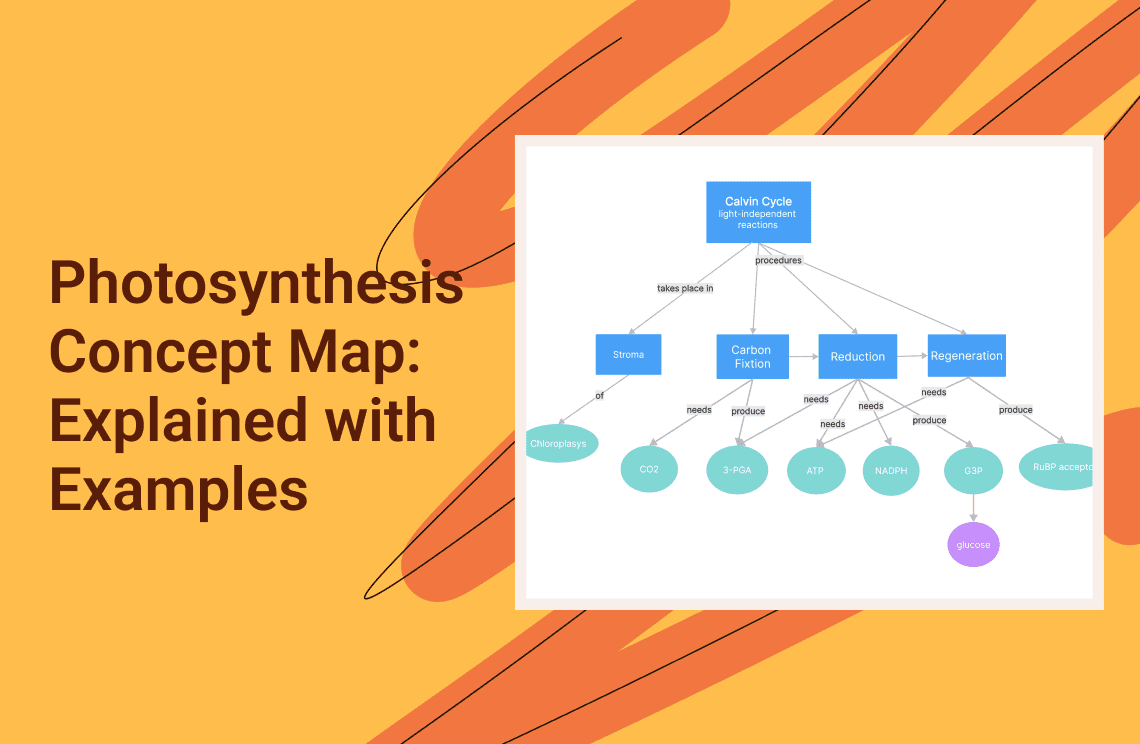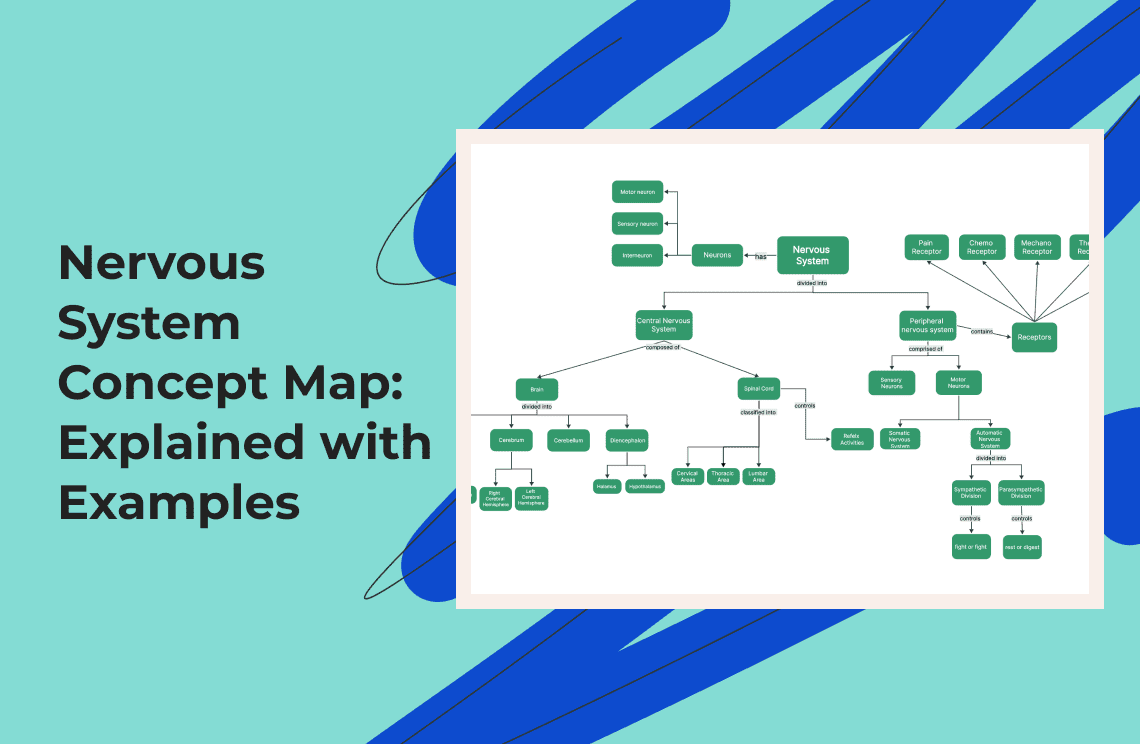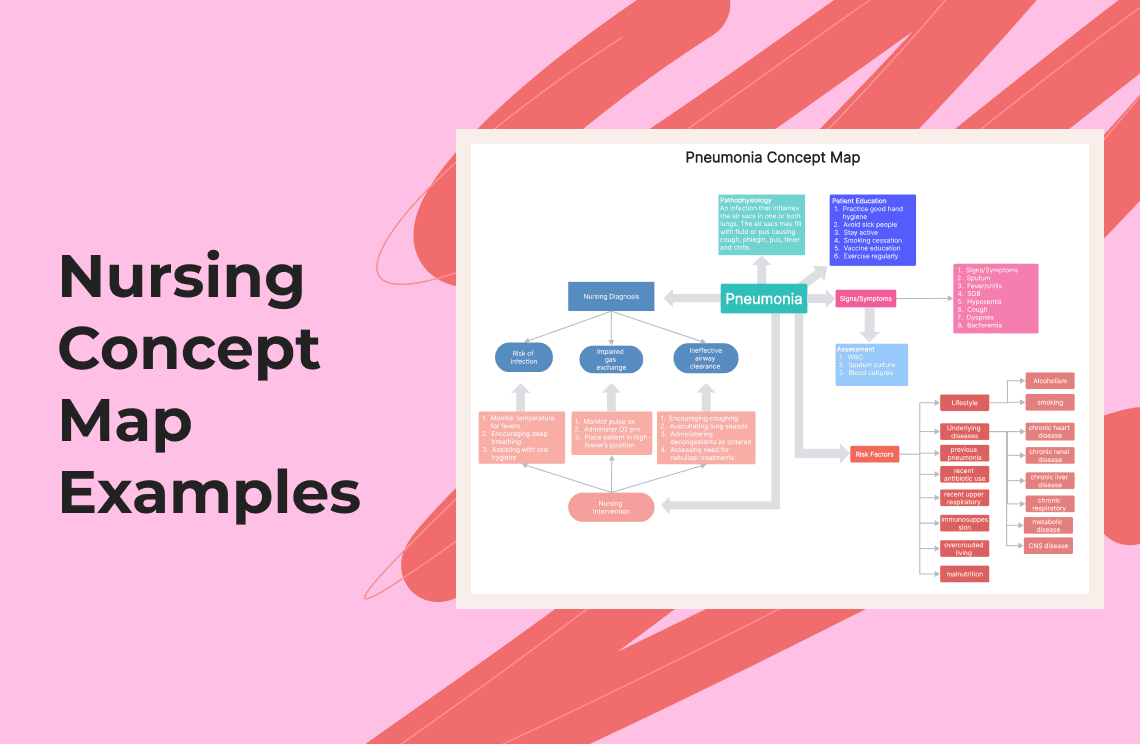Photosynthesis is how certain organisms and green plants capture light energy and generate chemical energy. For students, there's an easier way to explain its process: through a photosynthesis concept map. Read through this article to explore concept mapping with photosynthesis as your central idea.
What is a photosynthesis concept map?
A photosynthesis concept map visually represents the stages and processes of green plants absorbing light and converting it into carbon dioxide. Generally, the concept map provides comprehensive visuals arranged hierarchically according to which steps come first, second, and so on. Through concept mapping, you can explain simply how photosynthesis works. The diagram breaks down the idea into pieces and shows relationships.
Photosynthesis Concept Map Examples
When you structure your photosynthesis concept map, it's beneficial to use diagramming software to customize and insert images and stickers for better visual representation. Also, refer to some examples below before laying out the information on your concept map.
Light-dependent reactions concept map
Light-dependent reactions are part of photosynthesis. It's the first stage, where light is transformed into chemical energy. You can develop a photosynthesis concept map to understand better the elements involved during the light-dependent reactions. Remember to label each connector or arrow to avoid confusion from your audience.
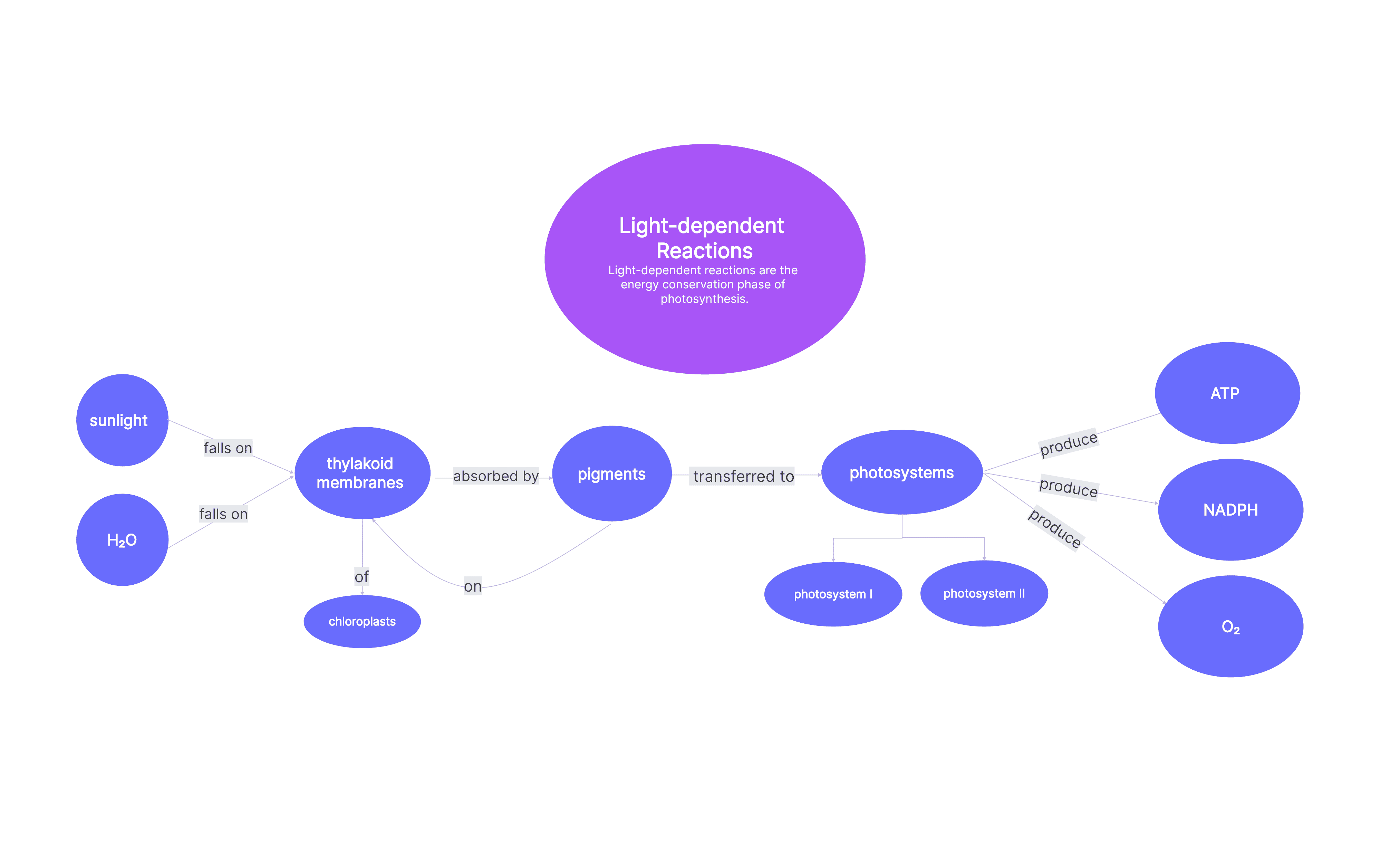
View and download this template in PDF Agile Template Center >>
Calvin cycle concept map
The light-independent reactions process is so broad that you can still digest it into specific sub-processes, including the Calvin cycle. Generally, the cycle is part of light-independent reactions, and also a phase within photosynthesis. When mapping out the concept map, you can include procedures like regeneration, reduction, and carbon fiction.

View and download this template in PDF Agile Template Center >>
Photosynthesis and cellular respiration concept map
In your photosynthesis concept map, you have the flexibility to merge two essential processes. This third example not only delves into photosynthesis but also delves into the intricacies of cellular respiration. These processes are inherently interconnected: photosynthesis captures carbon dioxide from the atmosphere, while cellular respiration subsequently returns it. To illustrate this relationship effectively within your concept map, consider employing arrows to delineate these connections. Furthermore, utilizing distinct colors to distinguish each process can enhance clarity and comprehension for a more comprehensive understanding of these vital biological mechanisms.
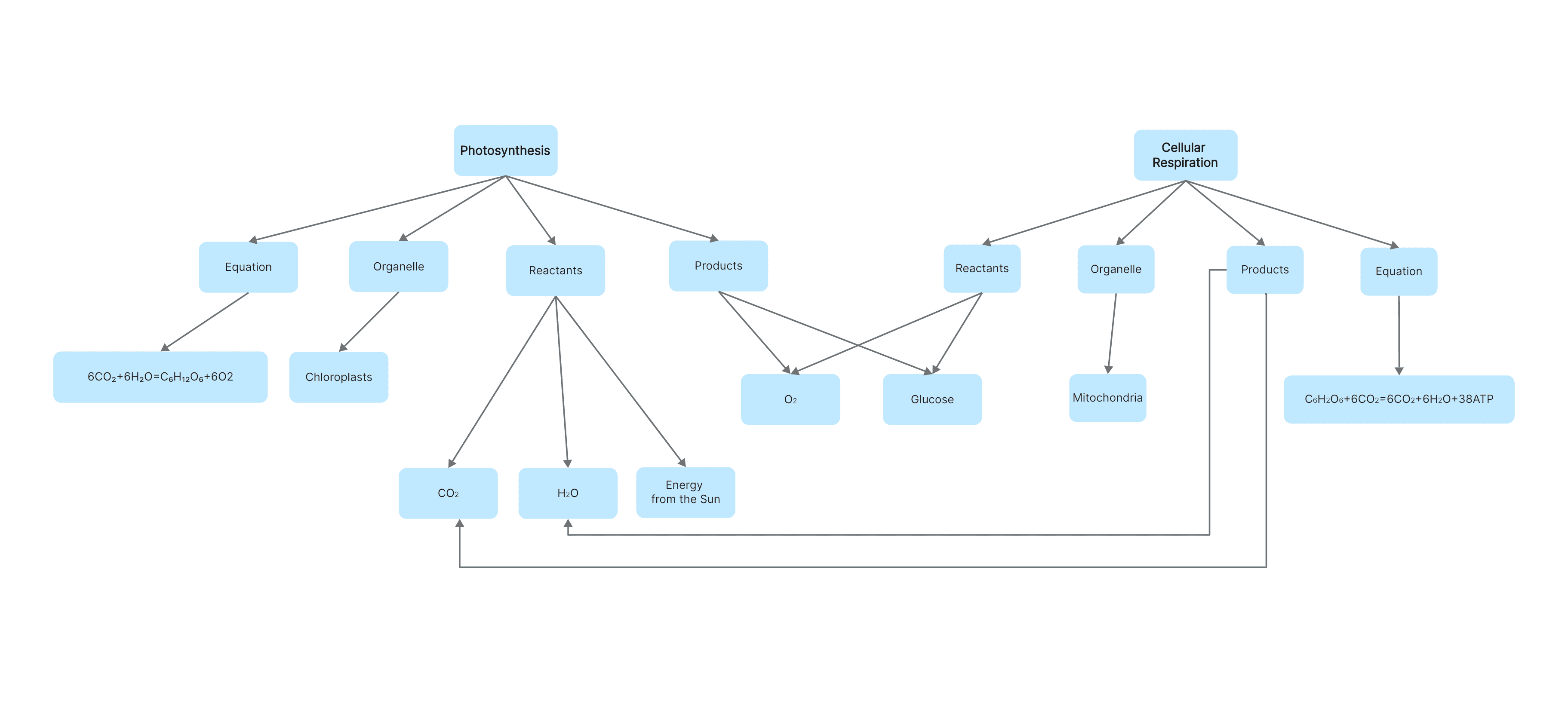
View and download this template in PDF Agile Template Center >>
Photosynthesis Concept Map FAQs
Why use a photosynthesis concept map?
A concept map is proven to be an excellent learning and teaching strategy. The following points below explain why creating a photosynthesis concept map is beneficial:
- The map breaks down the process of photosynthesis into more specific pieces of information for better comprehension.
- It allows your audience to look at the bigger picture of how photosynthesis happens.
- The diagram develops critical and logical thinking.
- It lets you organize through visuals the process of photosynthesis.
What are the steps of the photosynthesis process?
As you know, photosynthesis is a complex process. Here are the essential phases happening within the process.
1. Light absorption. The chlorophylls will absorb light, and captured light will transform itself into energy, which will then be used to eliminate electrons from water. The eliminated electrons will pass through a Quinnie, a major electron acceptor.
2. Electron transfer. These electrons will be the last electron acceptor called NADP positive. The process is named the chain of electron transfer.
3. ATP production. The electrons will move out of the plant's stroma from the thylakoid lumen through a process called F0F1. It will then produce ATP, the most significant energy source within a plant's biological cycle.
4. Carbon fixation. The formed ATP and NADP produce the energy. Some call this phase the Calvin cycle.

